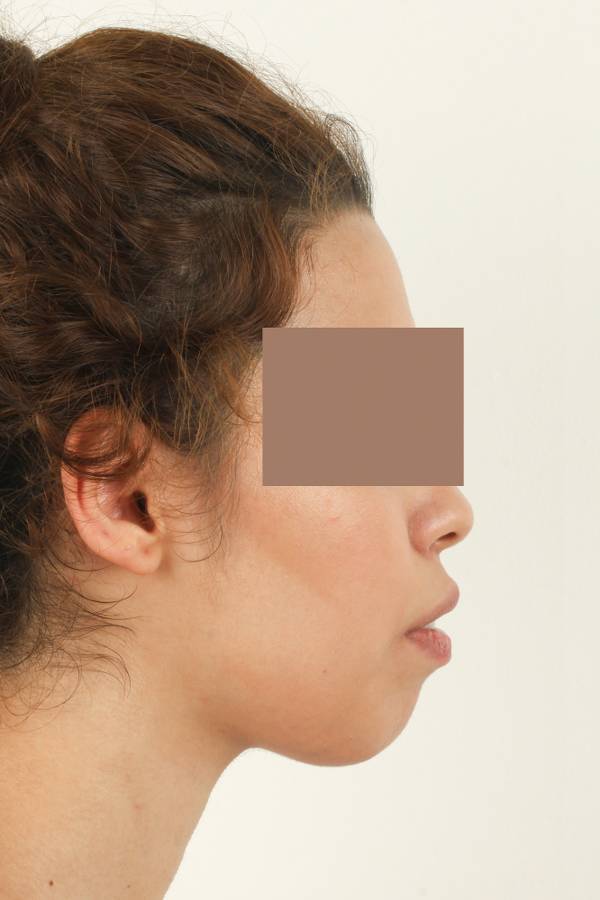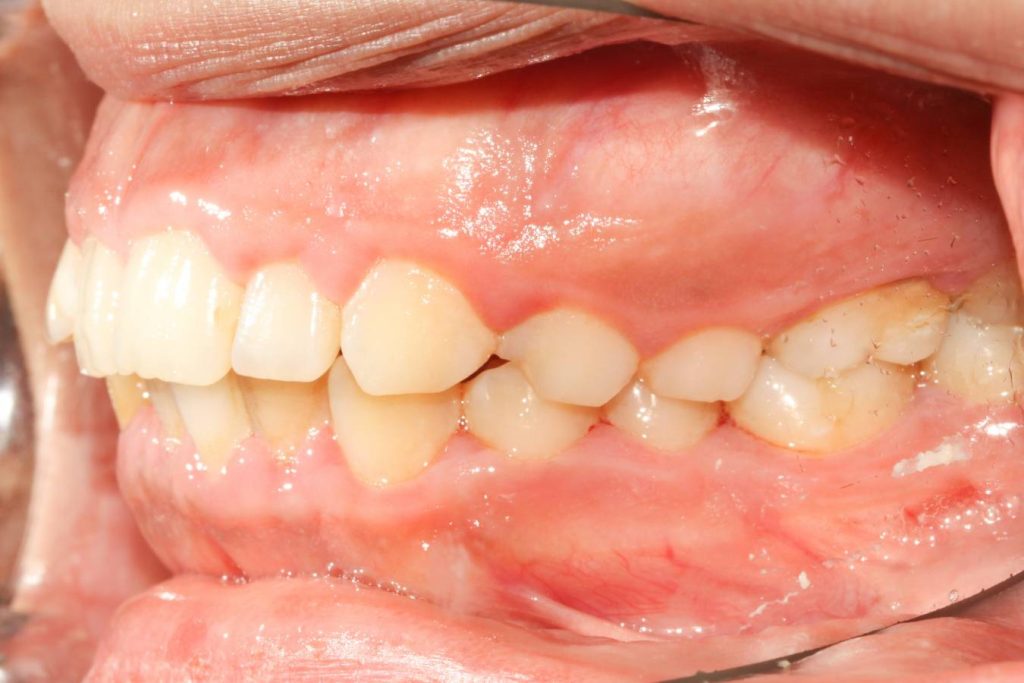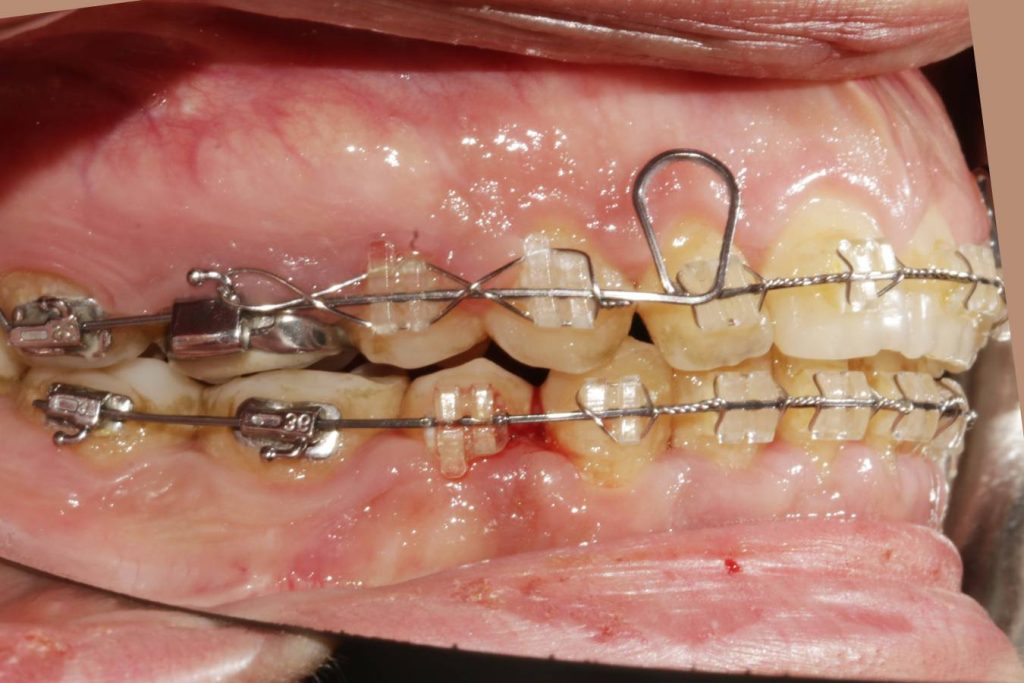Advancements in dentistry have led to the development of various non-invasive treatment procedures. But, this has not eliminated the need for oral surgeries. One of the common dental surgeries that, according to research, as many as about 15% of people with tooth and jaw abnormalities may need is called orthognathic surgery.
Wondering what that complex-sounding surgery involves and who needs it? Keep reading as we discuss all the essential details about orthognathic surgery.
What is Orthognathic Surgery?
Orthognathic surgery is the professional name for corrective jaw surgery. Simply defined, the procedure involves realigning the jawbones. It could be done to just one jaw (upper or lower) or both.
The orthognathic surgery can be used to shorten or lengthen the jaw and move it in or out or up and down. The primary goal of this reconstructive jaw surgery is to fix irregularities of the jawbones to improve their function and bite, but many people also notice an improvement in their speech and appearance after it.
Most often than not, orthognathic surgery involves a series of steps over time. These may include certain orthodontic treatments before the surgery to prepare your mouth and teeth, the actual surgery to correct issues, recovery, and follow-up orthodontic treatments and/or maintenance procedures that could continue for up to a year. The whole surgical procedure can take up to two to three years.
Who Needs Orthognathic Surgery?
Orthognathic surgery is used for people with jawbone irregularities that cannot be fixed by non-invasive orthodontic procedures alone. These typically include severe misalignments of the teeth (malocclusion), misaligned jaw, and improper bite.
Here are some of the jaw abnormalities that may require orthognathic surgery:
- Asymmetrical jaws
- Severe underbite
- Severe overbite
- Open bite
- Crossbite
- Cleft lip and palate
- Pierre Robin sequence – a condition characterized by a small or underdeveloped lower jaw that makes it difficult to eat and/or breathe.
What are the Benefits of Orthognathic Surgery?
Orthognathic surgery may be a long and complex procedure, but it can greatly relieve those suffering from jaw abnormalities. Here are some of the most well-known benefits of corrective jaw surgery:
- Improved bite and chewing (functioning of teeth)
- It corrects problems with swallowing
- Correct speech impairment issues
- Fix jaw misalignment issues and makes sure your jaw closes the right way
- Fix facial imbalances due to improper aligning of jawbones. These may include crossbites, underbites, overbites, and small chins.
- Relief from jaw pain
- Improved lip closure, more comfortably.
- Fix various oral congenital disabilities (birth defects0 or issues resulting from facial injuries
- Orthognathic surgery also helps provide relief from obstructive sleep apnea.
Who Performs Orthognathic Surgery?
Orthognathic surgery is a complex, multi-step procedure that requires the involvement of multiple dental care professionals at different stages. But, your surgeon and the orthodontist have the most important jobs.
At Ortodontist, we have some of Turkey’s most experienced orthodontists and oral surgeons on board. Get in touch with us for a detailed oral examination if you experience any jaw alignment issues and determine if you’re a candidate for orthognathic surgery.
ORTHOGNATHIC CASE OF BIMAX PROTRUSION
















































































